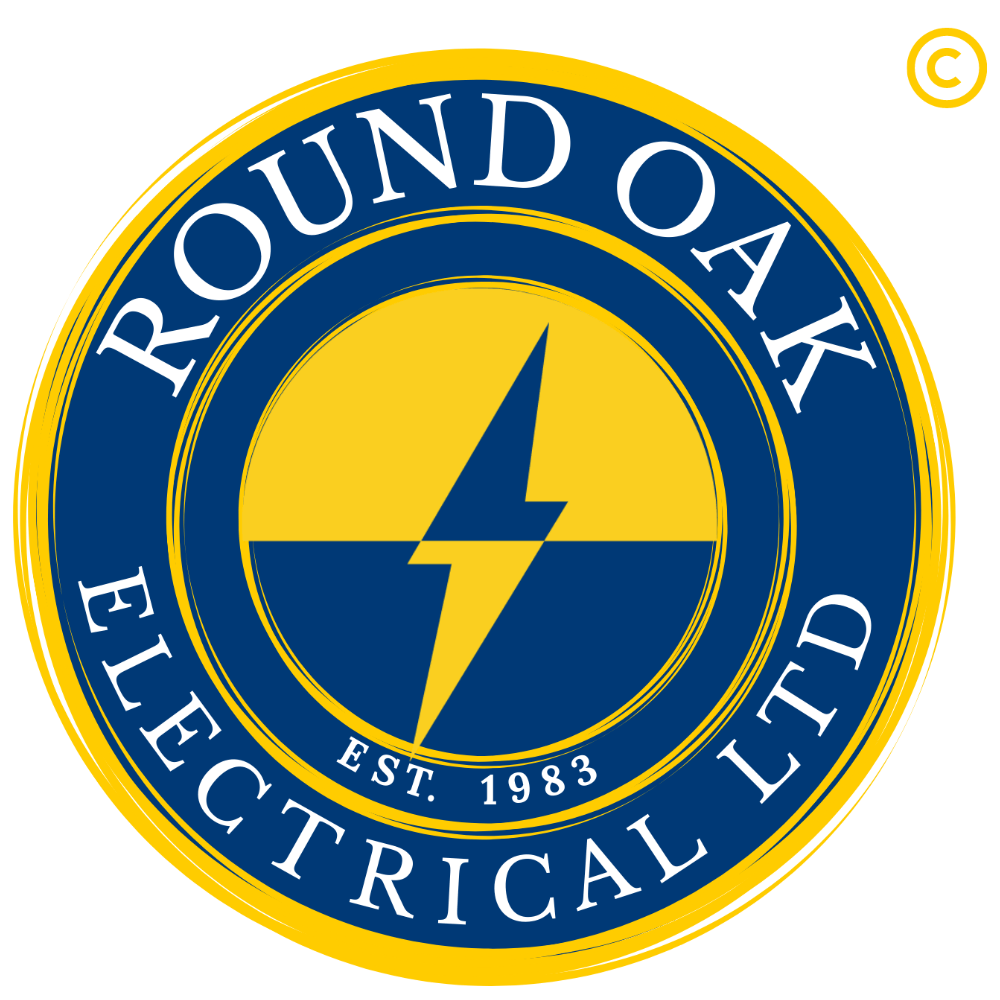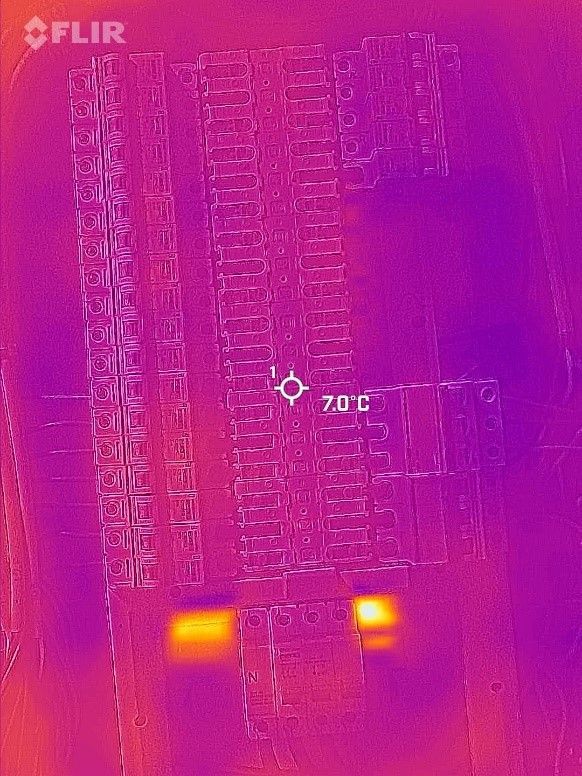Inspection and Testing
8 April 2022
Why is inspection and testing important?
An inspection and test is the process of checking a circuit is working safely. They are useful to maintain a safe working environment and are sometimes a requirement of your insurance.
1) Identify any electrical hazards. Electrical problems can arise at any time and, if unattended, can result in fires, electric shocks, and other dangerous mishaps. It is feasible to see potential problems and fix them before they worsen by routinely inspecting electrical systems.
2) Maximise you efficiency. Electrical testing is crucial since it helps to guarantee that electrical systems are performing at their highest level of efficiency. Electrical systems can lose efficiency over time as a result of deterioration, dirt, and other issues. Frequent testing can aid in locating these problems and enable the execution of the required repairs to increase effectiveness and save energy costs.
3) Be legally compliant. Electrical testing is essential for verifying adherence to legal requirements and governing rules. Electrical system design, installation, and operation are governed by stringent laws and codes in many different industries. Fines, legal action, and other sanctions may follow failure to adhere to these criteria. Electrical systems can be frequently tested to make sure they adhere to all applicable standards and norms.
Upon completion of an inspection and test you will be provide with an EICR report- An Electrical Installation Condition Report. The EICR will provide you with the details that determined the condition of the electrical circuits. If the electrical installation within a premises is deemed unsatisfactory you will require remedial works to get the installation back up to standard. Once the installation is up to standard, it will be retested and a new EICR will be issued.



